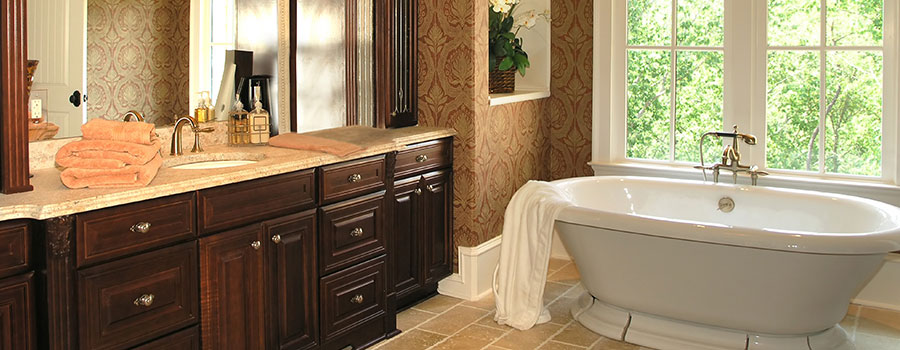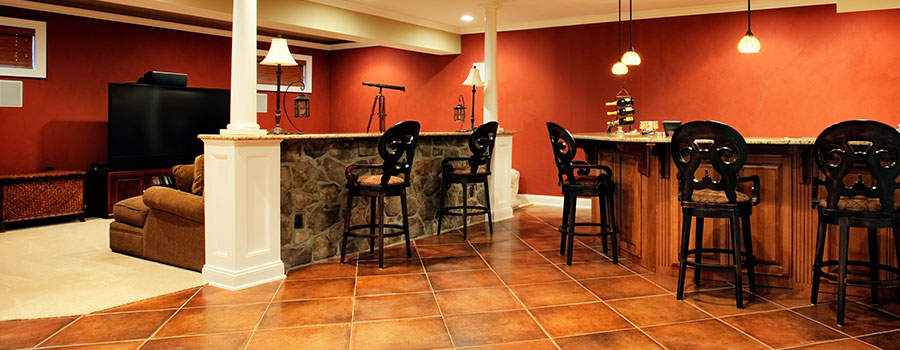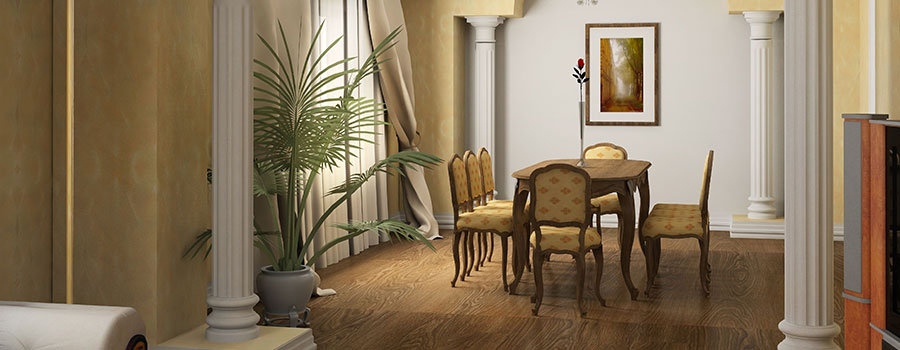Home Addition Tips
While home remodeling can be thrilling, it can also be extremely intimidating. You get to bring your vision to fruition, but at the same time, there are many things to think about. Imagining the new space and its configuration, furnishings, wall color, and design elements can inspire fresh ideas, and you are forced to do away with the original plan. While this is the case, it’s crucial to remember that a lot of planning still needs to be done before you start the project. Here are suggestions given by home addition companies to help you plan your home expansion and get your renovations off to a good start: Understand your objectives Even though it might seem simple, it’s crucial to have an honest conversation with yourself or your spouse about the goals of a home addition. You must decide whether the expense and inconvenience of a new house addition are worthwhile for you and your family. Before beginning your renovation, evaluate your lifestyle and home and consider how these adjustments can enhance both. Gather the necessary inspiration. After deciding on the precise house improvements you want to make and the project’s overall objective, you will need to gather some inspiration. You must have ideas for the new space’s layout, design, and use. Thankfully, there are plenty of places where you can find ideas. Excellent sources of inspiration include buying guides, home design magazines, Pinterest, and even visiting open houses. Gather the necessary legal documents. It’s not always as easy as picking a decision, hiring a contractor, and buying new wallpaper when adding an addition to your house. For most, any house extensions need a permit, which you must apply for. Obtain a copy of the plot drawings for your property to ensure an extension doesn’t cross over onto neighboring land or cross property lines. You can also obtain your home’s plans and surveys from the local Registry of Deeds. Ensuring a house expansion doesn’t exceed the property plans is crucial. This is because anything constructed outside of property boundaries may result in needless legal issues. Plan your budget Your budget should guide you in deciding the size of your home expansion. This is one of the most crucial factors to consider when organizing a home remodeling project. You will need to consider every small element when creating your budget. This covers the cost of materials and contracts, utility assessments, and permits. Remember that your extension ambitions may be accommodated by a realistic budget that may be determined with the assistance of an architect or remodeling specialist. Understand what you need. After establishing your budget, you must evaluate what you need for your new home addition. This refers to the material conveniences in your particular room. Will you need new flooring, an air conditioner, a bathroom, or a bed? If money is tight, just add the necessities to your list and then decorate your space with the finer elements when you can afford it. Put together the right team. The people you pick to complete the work for you will significantly impact the result and success of your home addition. Remember, […]
Read moreHow to Make an Addition Look Good.
While naturally increasing square footage allows you to enjoy your house (and neighborhood) for many years, incorporating your expansion into your home’s current architecture is not easy. To get it correct, hiring home addition companies is usually necessary. It’s a fact that home extensions, whether built outward or upward, are challenging. However, there are several things you can do. These things include: Ensure the foundation matches. Every home addition is built on a solid foundation; the floor and roof lines or elevations must match. It is also critical to ensure that the foundation is deep enough to extend below the “frost depth” in your area. The depth requirements vary by region based on the local weather. Building over the frost depth causes the addition to shifting independently of the main structure as the ground freezes and thaws, potentially causing foundation issues. Furthermore, ensure that the foundation is adequate for the soil type in your area. Again, failure to do so may result in long-term shifting problems for your new addition. Your home expansions should also fit the original structure’s foundation. If your existing home is built on a slab foundation, the addition should be built on the same foundation. If your original foundation is crawlspace, the addition should be as well. This ensures the addition is beautiful, level, and seamless from the ground up. Ensure the exterior finishes match. Start with the roof and work your way down. Every aspect of your room addition should match the old home, including trim, windows, siding, doors, hardware, and paint colors. If you have a historical home, matching precise finishes might be more difficult, especially if some fixtures are no longer manufactured. Home additions do not have to match exactly, but the design should always be complementary in the following aspects: The roof: Your addition’s roof should closely match your existing home’s rooflines. This entails replicating the pitch, soffit style, overhang, eave depth, rafter size, and spacing. It also implies you may have to contemplate a whole new roof. Older shingles on the original property may be faded, making it difficult to match shingle colors on a room addition, for example. If your roof shows signs of age, it may be time to replace it entirely. Look out for siding colors and other exterior finishes. If your current siding is faded, it will not match the new siding on the home addition. Using the same color and trim style can also help tie the two structures together. If you have brick or stone exteriors, they might be difficult to replace, but there are inventive methods to mix and match finishes that still look good and flow well together. The idea is to select colors and finishes that complement one another. Windows and doors: These days, it’s getting easier to obtain custom windows and doors that fulfill current Energy Star ratings and building requirements while having historical measurements and styles that may match those of your old home. While this is the case, precise matches are not always possible, so explore designs that complement the existing style. You can also replace outdated goods with newer ones […]
Read moreThings to Consider When Having a Home Addition Project
If your family has grown and you can’t live without the additional space, you shouldn’t just hire home addition companies and start a project. Instead, you should take your time and consider a number of things before you start the project. Some of the things you should do include: Check what you can do and what you can’t When expanding your home, you have two options: up and out. Before you start construction, you need to know how near you can legally reach the property line and where underground utility lines run. Thankfully, you can obtain this information from your local zoning department. Also, request a copy of your survey. If you live in a gated community, get to know the additions you can make and those that you can’t. Remember that the last thing you want to do is to start a project and later find out that you can’t do it in your area. Having this information makes the next steps much easier. Have solid reasons for the project Let’s face it. The reason why you feel you need more room is because something isn’t working properly in your home. You’ve tried all the inventive small living room ideas and mastered closet organization, but something is still lacking. Now, it’s time to figure out exactly what that is. Many homeowners believe it is a lack of room, but it could be a lack of storage. Before investing thousands of dollars in a house addition, determine if it will fix the problem. What could the problems be? Sometimes, you have poor organizational skills. In other cases, you have stayed in the house for too long that you need to make changes. Before you start your project, take time to understand why you need the project. Can you live with the current room you have? If you can, go ahead and make the relevant changes. You should note that if you are confused but you feel that you can make changes to the room you have, you can always consult a professional. Know your must-haves in the project. Everyone has a wishlist. At the same time, there are some things you simply cannot live without. If your mother is coming to live with you, she may require a private bath or basement apartment. To have an easy time coming up with the design for the project, establish a list of your “must-haves” and “would-be-nice-to-haves.” For example, you desire hard floors as a must-have. While natural hardwood is preferable, laminate flooring can suffice. To ensure that you are on the same page with your partner, always consult them when coming up with the things you must have in your project. Put together your team. Homeowners frequently inquire if they should start with an architect or a contractor. They believe hiring an architect is sensible because you must begin with a design. However, some builders have designers and architects on staff. The correct response is that you want a team. Whether they are different firms that work together or professionals that work for the same company, you require both. Remember that the […]
Read more


